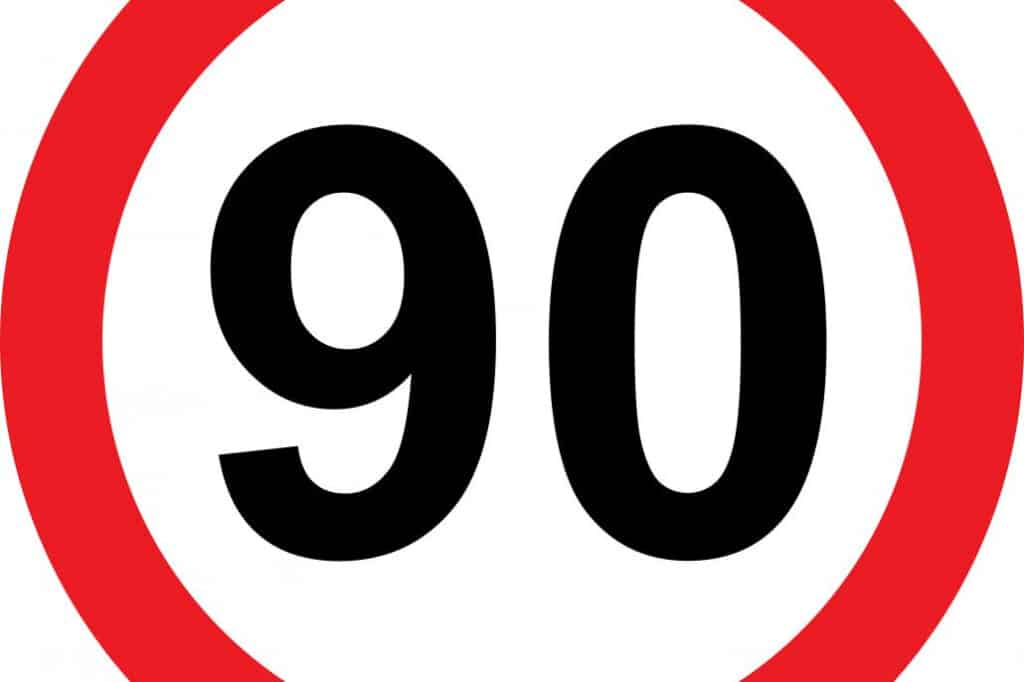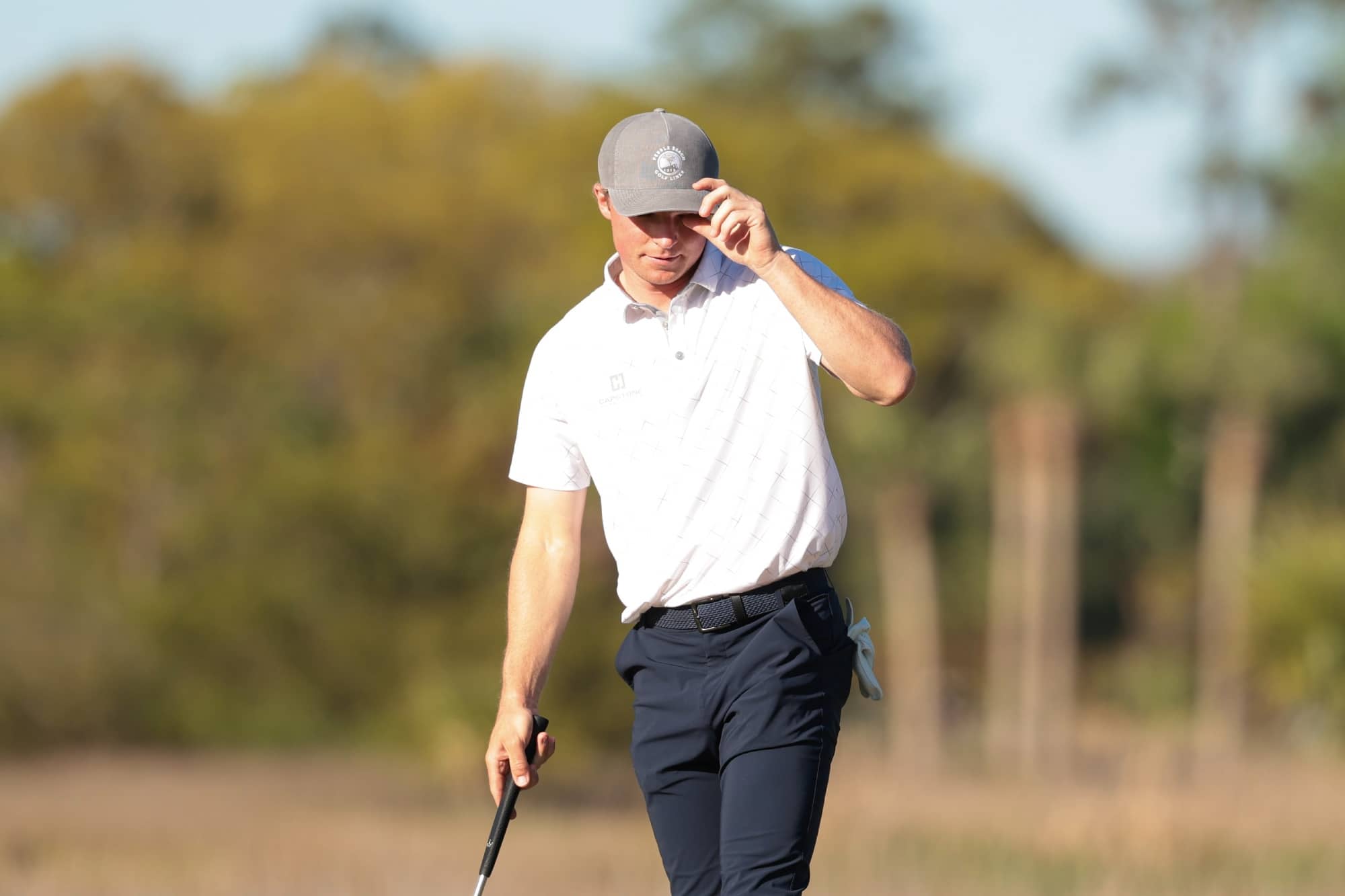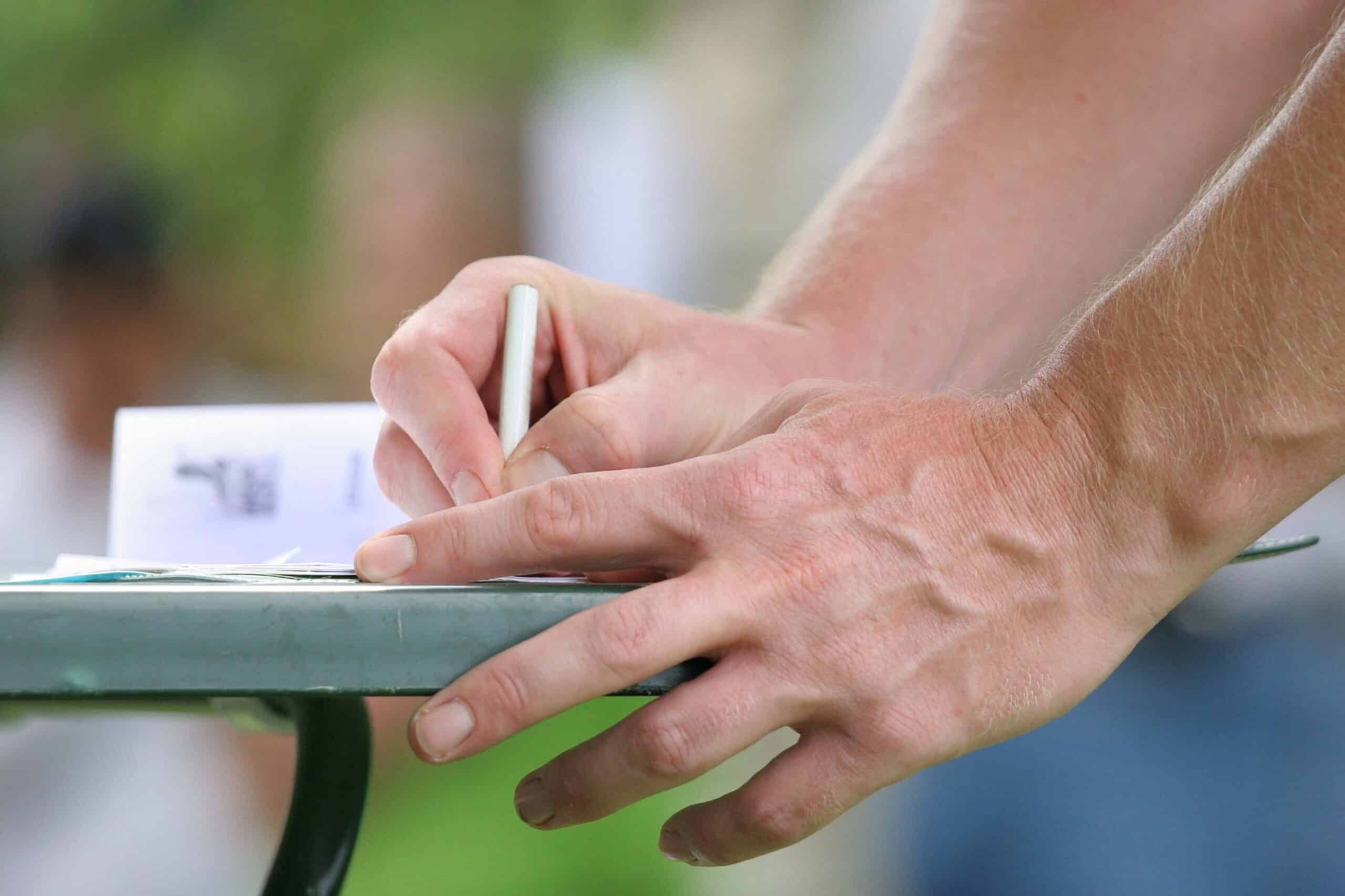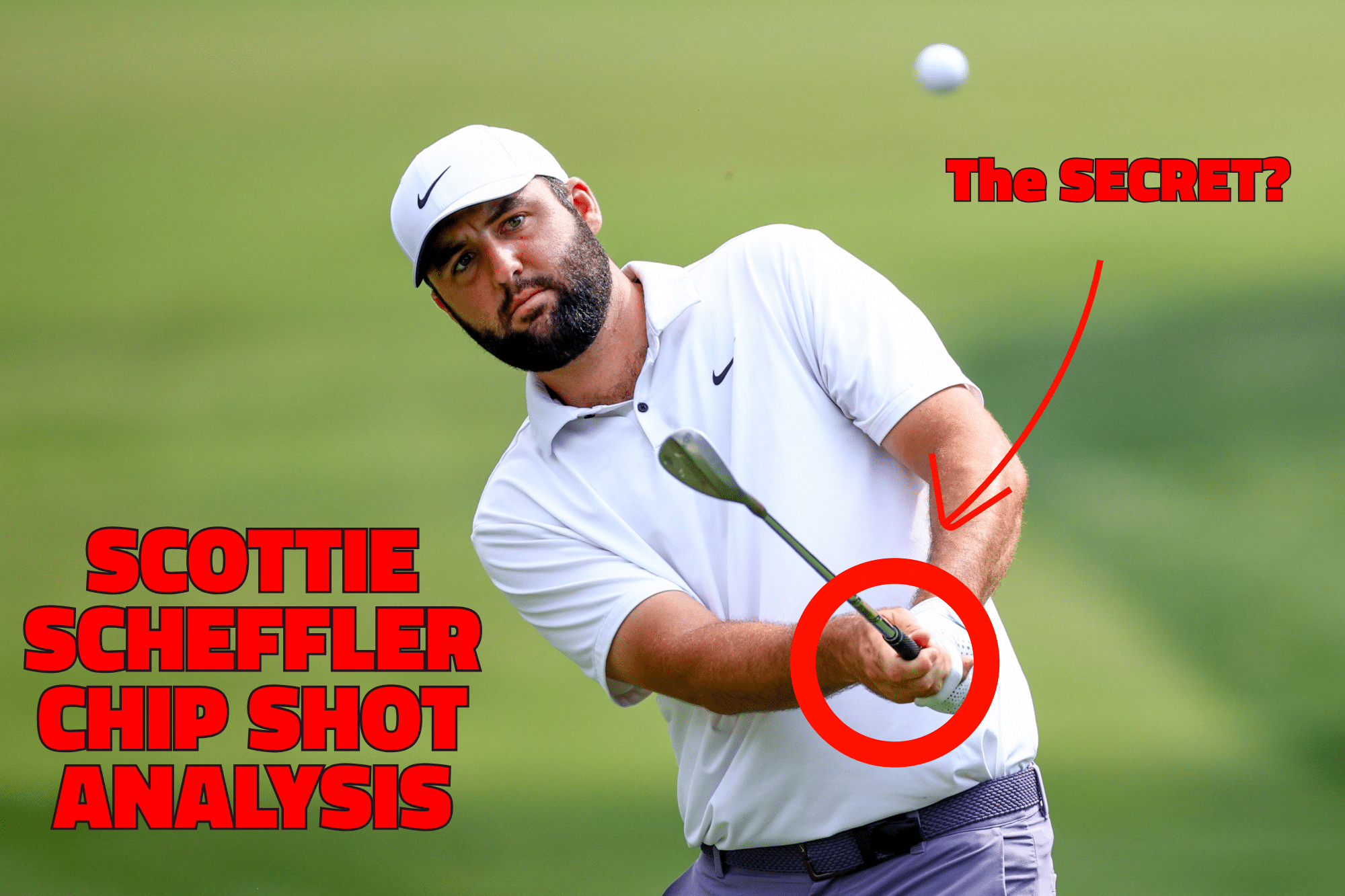
It’s time for a re-think: 90 per cent is too much in match play competitions
It was brought in to try and make it fairer for players with higher handicaps but has it gone too far the other way? The From the Clubhouse team think so…
Survival of the fittest. The strong beat the weak. Those with the most skill will prevail. Golf match play, even with a handicap system in place, traditionally favoured the low handicapper.
Then, in 2016, chiefs at CONGU dropped a little bombshell on club golf and the carping has barely ceased since.
Some of the social media moans about the World Handicap System are actually about this – an alteration that is loathed by low handicappers and blamed by many for putting off swathes of golfers from entering fourball competitions.
Has it clicked yet? Cast your eyes over this paragraph…
“Research has shown that setting the handicap allowance at 75% is not fair for those players with a higher handicap therefore the allowance has been increased to 90% to ensure more equitable competition.”
It was quite the jump and, the urban legends will tell you, it tipped the scales in team and match play events.
Handing over a swathe of shots in all fourball events obviously can’t have sat entirely well with the powers that be because, when WHS was introduced towards the end of 2020, the allowances for fourball stroke play and Stableford competitions was reduced to 85 per cent.
But fourball match play remained stubbornly at 90 and, with the impact of course and slope rating now very apparent in course handicaps, we debated on our From the Clubhouse podcast whether it was a number which required review.
Tom Irwin, whose handicap index is 1, is used to giving oodles of shots away, while I’m a mid-handicapper who is currently going the wrong way. We both feel the evolution of allowances, combined with the effects of WHS, may well now have tipped the scales.

Have 90 per cent allowances – and WHS – dumbed down the golf match play experience?
“What is happening to match play golf at club level is quite reductive. The handicap system has evolved since I started playing,” Tom said.
“We’ve gone from a scenario where if people had different abilities and wanted to play against each other, they could but most competitions still favoured the low handicap and the system has changed so much over that 30 year period.
“When I was a kid, it was three quarters of difference. Broadly speaking, that was viewed as being advantageous to the lower mark and now we’ve evolved to 90 per cent of the difference.
“At the same time, the handicap system has changed with course and slope rating favouring the high handicapper.
“Those two things, in step, have meant the match play knockout at club level are very much designed to encourage high handicappers and give them more chance. I think that dumbs the whole thing down even further.”
I, meanwhile, acknowledged that higher handicappers made up the significant proportion of club golfers – as shown in England Golf figures revealing handicap averages in the country.
I believed all the pressure in fourball match play events now falls on the better players and asks whether that’s any fairer than a system that leaned towards lower handicappers.
“There is a possibility that we’ve gone too fat the other way,” I said. “I do think that high handicappers have got a profound advantage and I don’t think that’s a contentious statement.
“I don’t think that has to be a ridicule of WHS or the match play format. We’ve got lots more people playing the game. The average handicap index in England is 17 for men and 27 for women – so most players are probably what you would class in the higher handicap range.
“It’s obvious they are going to win more competitions than low handicappers because, statistically, there is more of them.
“That said, I did like 75 per cent and I say that as someone who was a higher handicapper who won match play competitions when that was in place. If you were good enough on the day, you still had plenty of shots in hand.
“Now I feel with 90 per cent there is no pressure on the higher handicapper anymore. They now get so many more shots compared to what they used to – inflated by WHS – that if one messes up, their partner still gets it done.
“I think to think in match play that pressure builds throughout a match and then eventually someone cracks. I thought that [worked well] with 75 per cent.
“Now I don’t think that’s the case. 90 per cent really favours the players with more shots. There is less pressure. It is easier for them to dovetail because the psychological advantage of having more shots is more prevalent.
“I think we’ve gone too far the other way. In the bid to help high handicappers get parity and make them more competitive in competitions, we’re essentially sweeping aside the rest of golfers.
“And the reality, if I can be blunt for high handicappers who want to compete in competitions is get better at golf.”
Now listen to the From the Clubhouse podcast
Tom and Steve go into much more detail about match play, and the World Handicap System in general, in their regular From the Clubhouse podcast. You can listen to the episode here.
What do you think? is 90 per cent about right for these match play competitions, or have scales tipped too far in favour of the higher handicappers? Why not let me know by leaving a comment on X?
Steve Carroll

A journalist for 25 years, Steve has been immersed in club golf for almost as long. A former club captain, he has passed the Level 3 Rules of Golf exam with distinction having attended the R&A's prestigious Tournament Administrators and Referees Seminar.
Steve has officiated at a host of high-profile tournaments, including Open Regional Qualifying, PGA Fourball Championship, English Men's Senior Amateur, and the North of England Amateur Championship. In 2023, he made his international debut as part of the team that refereed England vs Switzerland U16 girls.
A part of NCG's Top 100s panel, Steve has a particular love of links golf and is frantically trying to restore his single-figure handicap. He currently floats at around 11.
Steve plays at Close House, in Newcastle, and York GC, where he is a member of the club's matches and competitions committee and referees the annual 36-hole scratch York Rose Bowl.
Having studied history at Newcastle University, he became a journalist having passed his NTCJ exams at Darlington College of Technology.
What's in Steve's bag: TaylorMade Stealth 2 driver, 3-wood, and hybrids; TaylorMade Stealth 2 irons; TaylorMade Hi-Toe, Ping ChipR, Sik Putter.










